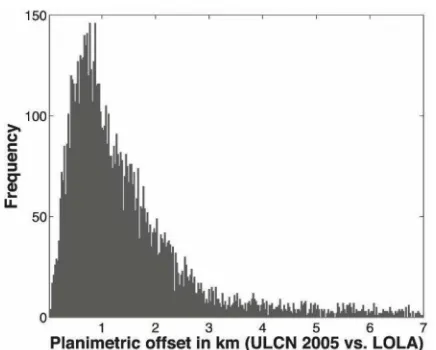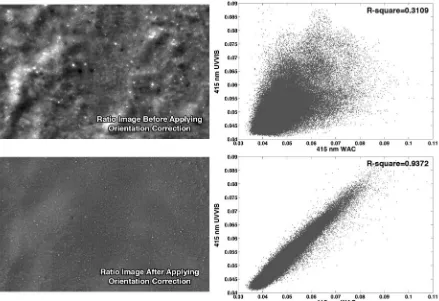isprs archives XLI B4 497 2016
Teks penuh
Gambar



Dokumen terkait
The Sentinel-1 constellation has several advantages over previous radar missions for InSAR applications: (1) Data are being acquired systematically for tectonic and volcanic areas,
This mosaic used single-strip images and 3D points generated from individual strips as an input, which were subsequently passed by an elaborate processing chain,
Disparity error maps can therefore be generated, for both the original and the compressed images, The International Archives of the Photogrammetry, Remote Sensing and
The precise detection of such small changes requires an accurate co-registration of the images, which is achieved by ortho-rectifying them using High Resolution Imaging
In this research, we perform a quantitative analysis about multi-image triangulation using NAC images with consideration of convergent angle and image matching
To evaluate the possibility of the indoor modelling using the rotating stereo frame camera system, we selected test bed and acquired image data sets using the
The automatic generation of the water courses obtained from LiDAR data represents a topical issue that may improve the process of obtaining and/or update a
of GSD, which were acquired and stored by ITU Center for Satellite Communications and Remote Sensing (ITU CSCRS), with the algorithms Lempel-Ziv-Welch (LZW), Lempel-Ziv-Markov